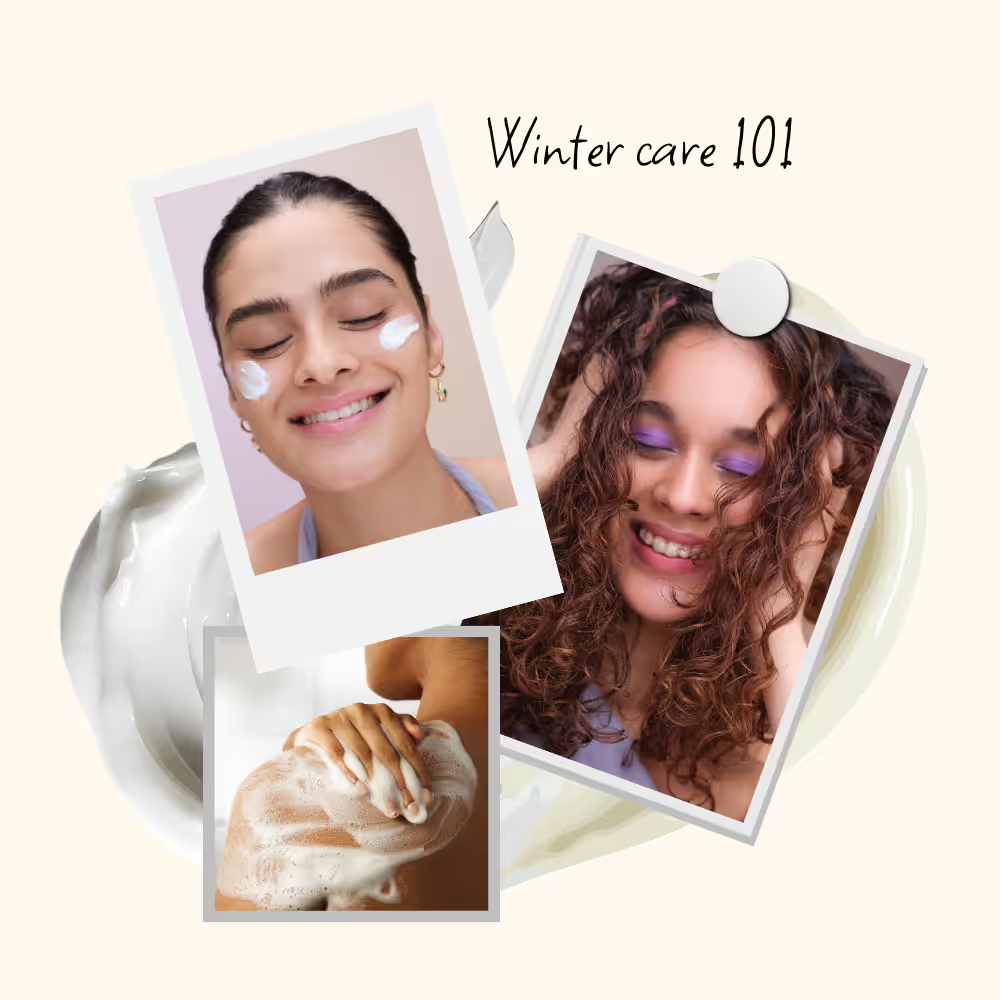
Picking the right hair tools, especially the ones you’re going to be using daily, is key to building the correct haircare regimen to keep your tresses healthy and nourished. Below, we dig deep into hair brushes and combs and which one you should pick for your hair type and concerns.
Pick your player:
Hair brushes and combs are two different hair products that serve similar purposes, and one is not necessarily better than the other.
- A hair brush usually has bristles that can be either thick or thin and is used to detangle and style your hair. It comes in myriad shapes and sizes depending on the use case. For instance, a round hair brush is used to lend smoothness and volume to your hairstyle, whereas a wide paddle brush can be great for detangling large sections of your hair quickly. The benefits of a hair brush also include adding shine to your strands — it distributes the natural oils from your scalp throughout your lengths.
- On the other hand, a comb has prongs called teeth, which can also be thin or thick. A wide-toothed comb is typically great for detangling stubborn knots gently, while a comb with thinner teeth can be used to section and style denser hair. A comb works on smaller sections of hair as compared to the brush that covers much larger sections, but it’s a far gentler option for dry, damaged and tangled hair. Section your hair and start detangling the lengths first before moving to the roots in order to avoid any painful pulls or breakage.

So, while both are different, they are both tools used to detangle and style your strands, and which one works best for you depends entirely on your hair type and texture. Using the incorrect tool for your hair type can, in fact, cause unexpected damage and breakage and even lead to hair fall.
Hair brush vs comb: For straight hair
If you have fairly straight, silky hair, a hairbrush is an ideal choice for you to help with minor knots and everyday styling. Remember never to use a hair brush on wet hair since your hair is at its lowest tensile strength when wet, meaning it’s more prone to breakage.
The ideal way to use a hair brush is to first start detangling your lengths and then move on to the crown to minimise breakage. If you often find knots in your hair, go for a brush with thicker bristles. However, if your hair is extremely tangled, it might be wiser to use a comb since it provides a gentler and more effective detangling action. For very damaged hair, you can also use a detangling spray or serum to help with styling.
Hair brush vs comb: For curly hair
There are many benefits of combing your hair for curly tresses, as opposed to using a hair brush. First things first, using a hairbrush on curly hair will mess up your curl pattern and also cause breakage. The best way to keep your curl pattern intact and frizz-free while also minimising the risk of breakage and damage is to use a wide-toothed comb gently through the lengths. If your curls are tight, and you want to loosen them to more flowy waves, use a fine-toothed comb to diffuse the curls into a more fluid wave pattern.
The final verdict:
In conclusion, the right hair tool for you depends entirely on the texture of your hair and how tangled it usually tends to get. If you’re still confused, it might be a good idea to mix it up a bit and see what works best for you (fewer strands on the bristles/comb is always a green flag to check for). You may also need different tools on different days depending on the look you’re going for. Remember, no matter whether you use a brush or a comb, always be gentle with your hair and never pull.



























